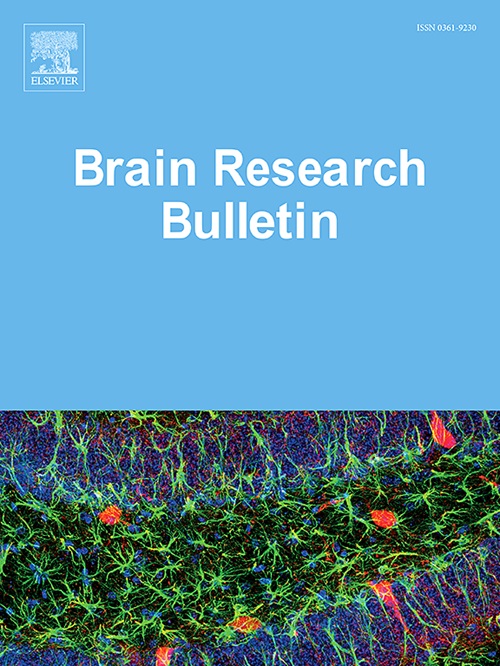Unveiling causal relationships between tobacco use phenotypes and neuroimaging: Insights from bidirectional Mendelian randomization and bibliometric analysis
IF 3.5
3区 医学
Q2 NEUROSCIENCES
引用次数: 0
Abstract
Smoking is considered the most common addictive behavior worldwid. However, it is not systematically investigated whether there are bidirectional causal associations between tobacco use and neuroimaging, which might provide potential neural biomarkers or therapeutic neuro-targets for tobacco abuse or rehabilitation. In this study, using Mendelian randomization (MR), we explored both forward and reverse causal relationships between 4 tobacco use phenotypes (including Cigarettes per day, Smoking initiation, Age of initiation and Smoking cessation) and 209 neuroimaging features involving brain function and structure. Besides, we conducted a bibliometric analysis to find corresponding global trends of knowledge and specialized research areas. After Bonferroni correction, positive causal associations between cerebral global functional connectivity (FC) and smoking cessation, as well as between age of initiation and default mode network (DMN) structural connectivity (SC) were revealed; there were negative causal associations between mean diffusivity of left medial lemniscus and cigarette per day. Up to now, we also reveal that functional neuroimaging especially FC dominated smoking research field. Therefore, the discovery of causal relationships between smoking-related phenotypes and multi-modal cerebral alterations will promote a comprehensive understanding of tobacco addiction from cerebral function and structure perspective, facilitating the progression of personal treatment and risk prediction.
揭示烟草使用表型与神经影像学之间的因果关系:来自双向孟德尔随机化和文献计量分析的见解。
吸烟被认为是世界上最常见的成瘾行为。然而,烟草使用和神经成像之间是否存在双向因果关系尚未系统研究,这可能为烟草滥用或康复提供潜在的神经生物标志物或治疗性神经靶点。在这项研究中,我们使用孟德尔随机化(MR),探讨了4种烟草使用表型(包括每日卷数、开始吸烟、开始吸烟和戒烟年龄)与209个涉及脑功能和结构的神经影像学特征之间的正向和反向因果关系。此外,我们还进行了文献计量分析,以找到相应的全球知识趋势和专业研究领域。经Bonferroni校正后,发现大脑整体功能连通性(FC)与戒烟、开始吸烟年龄与默认模式网络(DMN)结构连通性(SC)呈正相关;左内侧小网膜的平均扩散系数与每日吸烟有负相关。到目前为止,我们也发现功能神经影像学特别是FC在吸烟研究领域占据主导地位。因此,发现吸烟相关表型与大脑多模态改变之间的因果关系,将有助于从大脑功能和结构的角度全面了解烟草成瘾,促进个体化治疗和风险预测的进展。
本文章由计算机程序翻译,如有差异,请以英文原文为准。
求助全文
约1分钟内获得全文
求助全文
来源期刊

Brain Research Bulletin
医学-神经科学
CiteScore
6.90
自引率
2.60%
发文量
253
审稿时长
67 days
期刊介绍:
The Brain Research Bulletin (BRB) aims to publish novel work that advances our knowledge of molecular and cellular mechanisms that underlie neural network properties associated with behavior, cognition and other brain functions during neurodevelopment and in the adult. Although clinical research is out of the Journal''s scope, the BRB also aims to publish translation research that provides insight into biological mechanisms and processes associated with neurodegeneration mechanisms, neurological diseases and neuropsychiatric disorders. The Journal is especially interested in research using novel methodologies, such as optogenetics, multielectrode array recordings and life imaging in wild-type and genetically-modified animal models, with the goal to advance our understanding of how neurons, glia and networks function in vivo.
 求助内容:
求助内容: 应助结果提醒方式:
应助结果提醒方式:


